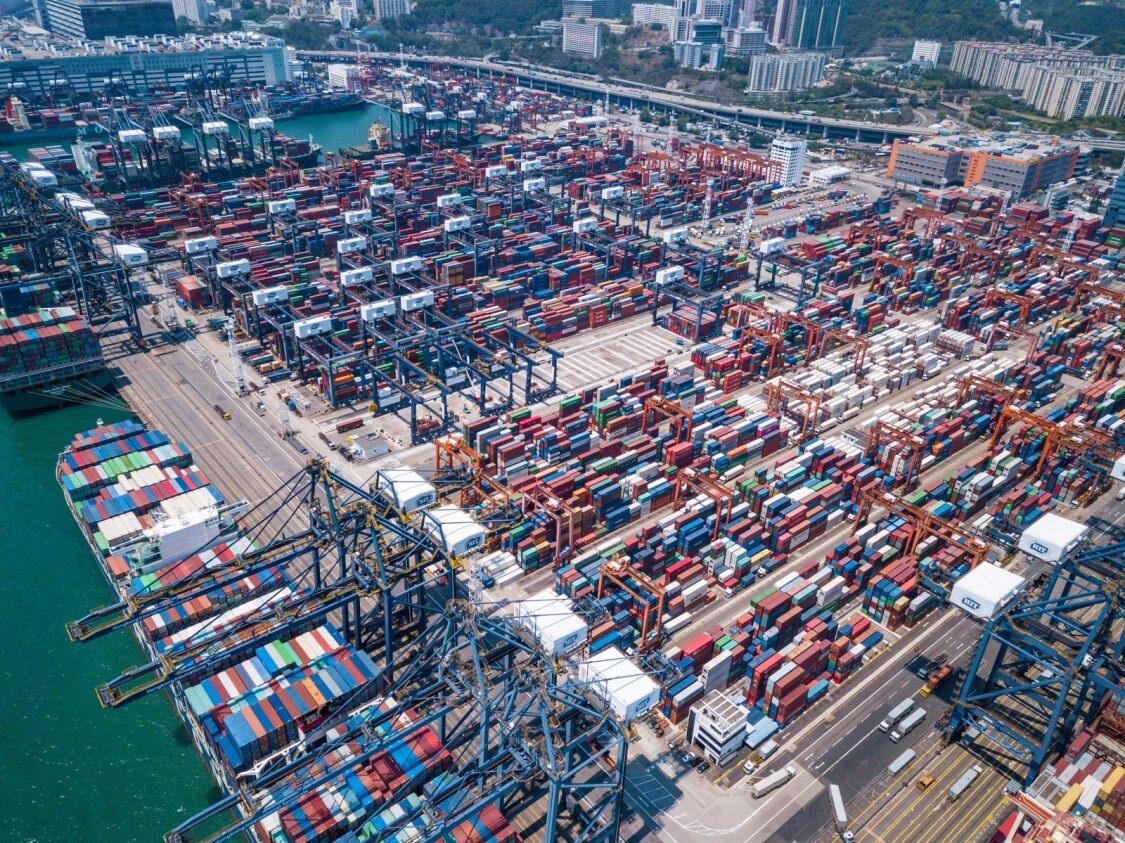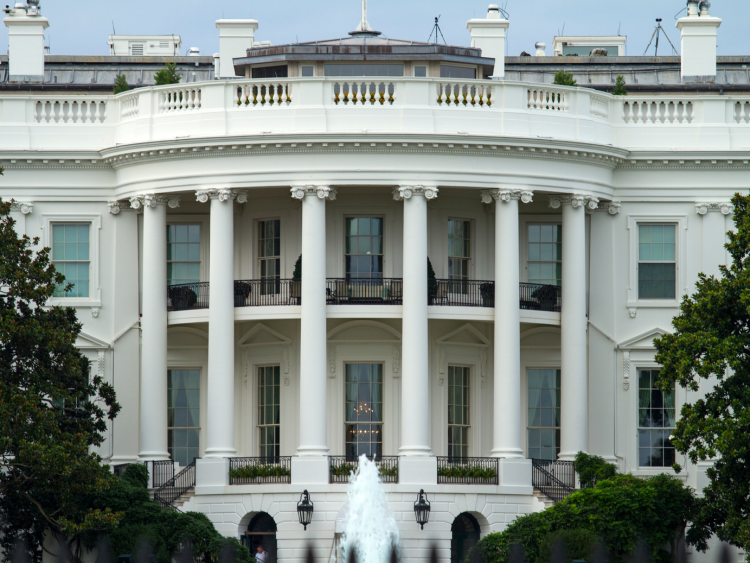Global Trade
January 31, 2025
Week in review- Tariffs take center stage
Written by Gabriella Vagnini
Tariff talks
- The industry is almost certain Mexico will be hit with 25% tariffs, given concerns over illegal immigration, drug trade, and alleged backdoor Chinese metal imports. You can read more about it in Greg Wittbecker’s Final Thoughts this week.
- Canada’s fate is less clear, some believe a 25% tariff will be imposed initially, then later negotiated away. Trump has long been fixated on the U.S.-Canada trade deficit, despite oil exports skewing the numbers.
- Slapping a 25% tariff on Canadian crude oil would be self-defeating, as it could spike U.S. energy costs and inflation, this contradicts Trump’s campaign promises.
What that means for Midwest premiums (MWP)
- In 2018, Trump imposed a 10% tariff on Canadian aluminum, which led to a spike in MWP, peaking around $0.20-$0.22/lb before easing. A full 25% tariff on Canadian aluminum could push MWP up to $0.45-$0.50/lb (it’s currently around $0.24-$0.25/lb).
- The CME forward curve for Q1 2025 is already pricing in some risk, showing $0.31/lb for early 2025 and $0.28-$0.30/lb for the rest of the year.
- The market is hedging but not fully buying into a worst-case tariff scenario yet.
Unintended consequences: Who fills the supply gap?
- Trump freezes all government funding, including the Department of Energy (DOE) grant initiatives to metal companies. One to note in particular is Century Aluminum. Which ironically finally received their first $10 million a week before the freeze.
- If Canada gets hit with 25% tariffs, it could open the door for more imports of primary, semis, and finished goods from non-traditional suppliers.
- Some of these could still enter under a 10%-20% universal tariff, making them more competitive than Canadian metal at a 25% tax.
- And here’s the wild card: Rusal’s sanctioned metal. If Trump moves to end the war, does that mean we see Russian aluminum flooding back in? We’ve seen this movie before. Last time, LME and MWP took a hit when Rusal was let back in. This time? If 25% tariffs go through, lifting sanctions on Russian metal might actually be the ‘relief valve’- the ultimate irony.
The EU might ban Russian aluminum
- They’re talking about starting with a 275,000mt quota and then cutting it off completely. Russian supplies already have been dropping as companies are switching it up, so prices could go up.
- Sanctions go deeper than just metal. They’re looking to hit Russian banks, oil storage, and even tech used for weapons. Some EU countries like Hungary aren’t totally on board yet, so we’ll see how that plays out.
- What this means for the US? If the EU pulls the plug on Russian aluminum, we might see more of it heading our way, which could crank up competition and push prices higher. it could also stir up more volatility in premiums and LME prices, especially if Russian metal floods the market.
UBC prices are squeezing mills
- At 80%-83% of the MWT-spot, that’s barely enough to keep the lights on. Mills are feeling the pinch, and if this keeps up, we might see production cuts faster than a Michigan winter freeze!
Good turnout, but a market looking for direction
- The first aluminum gathering of the year felt less like a networking event and more like, as Genesis put it, it was the land of confusion. Every side conversation came back to the same question: ‘What’s next on tariffs?’ Some are bracing for a long fight; others think this is just a bargaining chip that disappears after November.
- Many are struggling to establish a playbook, given the daily shifts in tariff talk.
- Buying remains hesitant as people wait for clarity, with some betting tariffs will be short lived rather than a permanent measure.
- Despite strong earnings, companies like Alcoa have seen stock declines reflecting investor concerns over the potential impact of the tariffs.
Economics & pricing flows
Short-term tightening in spreads and inflationary pressures suggest an environment of increasing cost sensitivity and continued supply constraints moving into Q2.
Overall takeaways for the downstream aluminum market
Short-term (Q1)
✅ Supply remains tight, but there’s no immediate panic.
✅ Inflation is still a factor, but businesses seem to be adjusting for now.
- Costs remain elevated, but we aren’t seeing a huge pullback in purchasing yet.
⚠️ Cash/March spread tightening is worth watching, but it might not mean what it seems.
- It could indicate near term supply pressure, but it could also be traders squeezing the shorts rather than a real shortage. If we start seeing LME cancelations and warehouse draws, then we’ll know it’s a true physical market move.
Mid-term (Q2)
⚠️ Spreads could drive price moves, but only if the physical market backs it up.
- We’ve seen cash/April spreads tighten by $7/mt this week, which could suggest a tightening supply/demand balance.
- But the real test, again, will be whether more metal exits LME warehouses, if we start seeing that, then this gets real. And by exits I mean the tonnage actually leaves the warehouse and the in-warehouse LME number goes down. Not just what’s in cancelation status.
⚠️ Fabricators and extruders may want to secure material early, but they’re also hesitant.
- On one hand, rising premiums might push some buyers to lock in supply now.
- On the other, high interest rates make carrying inventory expensive, and the contango in premiums discourages forward buying.
- Plus, nobody wants to get caught off guard if Trump flips the script on tariffs again.
- Big issue here: Scrap tightness. Many buyers rely on scrap to offset rising MWP, but unless spreads open up, that might not be an option.
⚠️ If economic growth holds, aluminum prices could climb, but let’s be realistic about forecasts.
- CRU is leaning bullish, seeing prices possibly pushing toward $3k/mt.
- Reuters consensus is more conservative, so we should keep that in mind as well.
- Bottom line: Prices could rise, but let’s not get ahead of ourselves.
Risks & considerations
❌ Sticky inflation could pressure consumer demand, impacting discretionary aluminum markets (i.e. consumer goods like cans, appliances)
❌ Fed’s slower approach to rate cuts could keep financing costs elevated, making expansions and investments more expansive.
❌ Macroeconomic shocks (i.e. tariffs, global slowdowns) could shift demand trends unexpectedly.
What to watch for next week
| Trump to implement tariffs | Saturday, Feb. 1 | |
| U.S. Manufacturing PMI | Monday, Feb. 3 | 9:45am Eastern |
| Construction spending & ISM manufacturing | Monday, Feb. 3 | 10am Eastern |
| Ball Corp. – Quarterly earnings | Tuesday, Feb. 4 | 11am Eastern |
| ADP Employment | Wednesday, Feb. 5 | 8:15am Eastern |
| Initial jobless claims & U.S. productivity | Thursday, Feb. 6 | 8:30am Eastern |
| U.S. employment report, U.S. unemployment rate, U.S. hourly wages YOY | Friday, Feb. 7 | 8:30am Eastern |
| Wholesale inventory & Consumer sentiment (prelim) | Friday, Feb. 7 | 10am Eastern |






